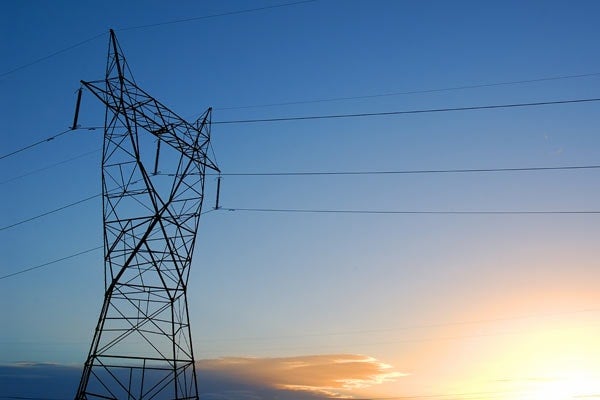
Heat waves, storms and blackouts
Published: July 31, 2012
One of the world's worst blackouts has left more than 620 million people in India without power this week. Here at home, North Americans dealing with record high temperatures this summer have seen a jump in their energy costs as well as days-long power outages.
Writer Jenny Hall spoke with Professor Zeb Tate of the Edward S. Rogers Sr. Department of Electrical and Computer Engineering about the relationship between heat, storms and the power grid.
Why do heat waves cause power outages?
Because air conditioners use a lot of power. In recent years, the peak loading of the system has been on the hottest days. Because of this, when grid operators doing load forecasting for the next day, temperature is the biggest contributing factor.
I read somewhere that Ontario had it sorted out its problems in terms of being able to cope with energy demand.
We have enough power capacity. But a lot of the infrastructure, particularly in the downtown area, is old and it’s not clear what state it’s in since much of it is underground.
Do we import power in Ontario? How does that work?
There are four grids in the U.S. and Canada. There’s one west of the Rockies known as the Western Interconnection. East of the Rockies, Ontario is on the same grid as everyone else. This is called the Eastern Interconnection. But Texas and Quebec each have their own grid.
In Ontario, we have the ability to import and export power to and from New York, Michigan, Minnesota, Manitoba and Quebec. If we have high demand in Ontario and our generation isn’t sufficient or economical to run, we import power from elsewhere.
There were massive storms in the U.S. this summer that caused lengthy power outages. Why aren’t power lines all underground these days?
It’s prohibitively expensive for transmission, which is the transfer of energy from power plants to substations closer to where demand is located. You don’t see underground high voltage transmission. You do see it in distribution systems, which transfer energy from substations to neighbourhoods.
So when they have these big storms it doesn’t necessarily matter whether the distribution lines are buried, it’s the transmission lines that are the problem.
Exactly.
I guess we only notice the power system when it doesn’t work.
That’s right. The reliability of the power grid is pretty good—to the point where we usually just take it for granted.
What do you do?
I’m trying to help the operators better understand what’s happening in the grid right now so they can anticipate problems. For example, if a cloud is passing over a solar farm or the wind isn’t blowing, operators need to know this so they can keep the supply and demand balanced. Looking forward, we want to be able to identify events that could cause problems on the grid and position it so that if any one thing—or even two things—were to fail, the system can handle it.
Doing this can be very hard computationally. For example, let’s say we have 1,000 lines in the system. Then we have to run 1,000 simulations every time the system changes if we want to make sure none of those 1,000 potential outages causes a problem. This becomes a computational problem and it’s even more challenging if more complex events are considered.
When there are outages, why are some people blacked out and not others?
The power system is run so that we’ll disconnect customers if in doing so we can save a piece of equipment and can quickly bring the customers back on line. It’s a lot harder and more expensive to replace equipment than it is to let someone go offline for five minutes. Most of this is done automatically by devices in the system. For example, if a line hits a tree, the protection system will see the increase in current and trip the line off. This will disconnect anyone who is downstream.
So when the power goes off, sometimes it’s purposefully being turned off.
That’s almost always what’s happening. They want to reduce customer outages, but on the other hand they don’t want to have a sustained overcurrent either, because this will cause more permanent damage—things will catch fire.
My last question is about the big blackout in August of 2003. What happened there?
Essentially, one of the power companies hadn’t been properly trimming their trees in Ohio. They had some outages in their system that they didn’t know about and were operating within normal limits, so they didn’t shift the generation or disconnect any customers. If they’d turned off Cleveland, for example, the blackout might not have happened.
There were a few other causes, too. The computer system of the operator monitoring the grid in that area wasn’t working that day. All of these causes came together. If any one of them hadn’t happened, chances are we would have been fine.
So it was a perfect storm of sorts.
Yes. This is why blackouts like that are rare. The system is operated so that if any one thing goes out, it doesn’t break the system.



